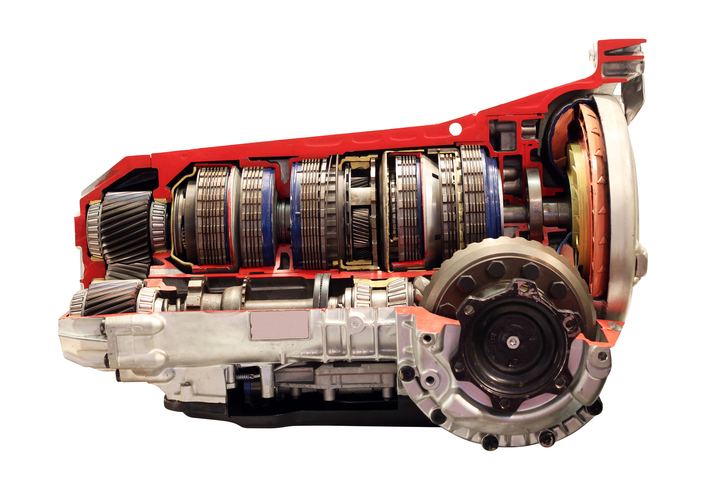
What You Should Know About Changing Your Transmission Fluid
March 14, 2020 4:24 amTransmission fluid is an important part of your transmission system. It keeps all the parts of your transmission properly lubricated, which reduces the wear and tear that would otherwise happen much more rapidly due to heat and friction. Changing your transmission fluid does not damage your transmission’s condition, and if you haven’t been changing it frequently enough, the transmission may begin to slip.
Why should you change your transmission fluid? Here’s a quick overview of what you should know about changing the transmission fluid in your vehicle in Madison, TN.
When to change your fluid
Every vehicle is going to have its own specifications for how frequently you should change its transmission fluid. This information should be in the vehicle’s owner’s manual. In most vehicles, you can check the condition of the transmission fluid by finding the transmission dipstick under the hood while the engine is running. This is generally found behind the oil dipstick. On the dipstick there will be markings that will indicate whether you have enough transmission fluid or will need to add more.
To determine the fluid’s condition, wipe the dipstick on a white paper towel or cloth and examine the color. Bright pink means the transmission fluid is still in good condition. However, if it’s mostly a light brown color with just a hint of pink, you’ll need to get your transmission fluid replaced. If it’s been a long time since it was lost replaced, the fluid will be a dark brown, and if there are any particles floating in it, that probably means the transmission has sustained some damage.
Flushing vs. changing your fluid
Your owner’s manual will also contain some information about whether you should flush the fluid or change it. When changing the fluid, you open up a drain on the underside of the car that will allow about half the fluid to drain out into a pan you place underneath, while the other half will remain in the various parts of the transmission, such as the torque converter. But if you flush the transmission, you remove all fluid in the transmission system.
If you choose to flush your transmission, you will attach a hose to the input on the line that runs through the transmission, and another hose on the output. You will pump in new transmission fluid to push the old fluid out through the outgoing hose.
Experts say flushing as opposed to changing the fluid is only recommended in situations in which the transmission fluid is still in good condition and does not contain signs of damage. Flushing the fluid if there is damaged transmission material inside could result in problems forming in the valve body located at the bottom section of the transmission. If that area gets filled up with damaged materials, it will become harder for your vehicle to shift gears. So long as you stay on top of regular fluid changes, this shouldn’t be a problem.
For more information about how to change your transmission fluid in Madison, TN, contact Rivergate Muffler & Auto Repair today.
Categorised in: Transmission
This post was written by Writer

Comments are closed here.